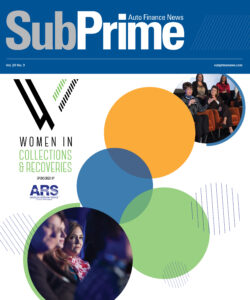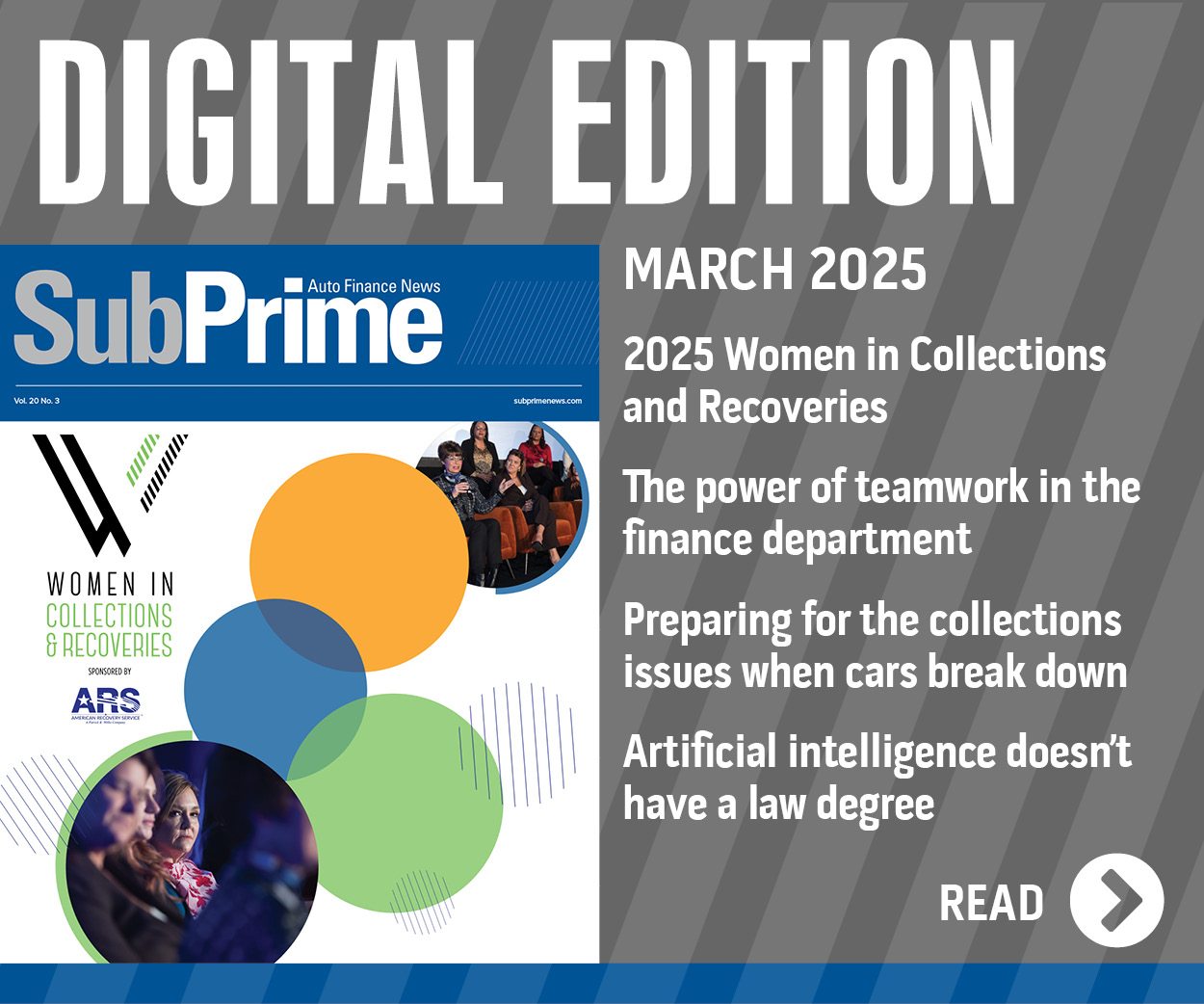COMMENTARY: Why funding automation is the next big thing in auto finance

Credit automation is old hat in auto finance. Organizations have long used tools to automate credit processing and spare themselves thousands of personnel hours annually that would otherwise be devoted to the process. But when it comes to funding, automation is often absent or severely limited.
The status quo for approving and funding contracts is often a physical paperwork and manual data entry-intensive process, which leads to human errors, unnecessary work hours, and slower time to value for dealers and end customers. Electronic contracts (eContracts) and digital documents go some of the way toward mitigating these weaknesses, but organizations have struggled to make the operational efficiency gains that should come along with technical progress.
Here’s what funding automation entails, why it’s been relatively slow to develop, and how lenders can assess the ROI when deciding whether to invest in funding automation.
What funding automation looks like
Funding automation involves advancements in optical character recognition (OCR) and generative AI, going beyond e-contracts and collecting online signatures.
OCR — which converts typed, handwritten, or printed text from images into machine-readable text — allows lenders to extract all the relevant information they need from digitized documents and contracts. From there, lenders can leverage AI to interpret the data, identify and resolve any data discrepancies, and ensure that contract packages meet all of the lender’s policies and requirements.
This combination of OCR and generative AI enables lenders to develop models, build rulesets and automate many of the steps in the contract booking and funding process, paving the way for dealers to receive their proceeds much faster and contributing to a more positive dealer and customer experience.
By bringing down the frequency and time needed for human review, these technologies allow lenders to also benefit from increased operational effectiveness and throughput, especially during peak periods.
Why funding automation has been slow to develop
Funding automation opens up the path to greater efficiencies, lower workforce costs, and fewer errors, but readily accessing the data necessary for funding automation is a challenge.
Paper contracts are still abundant in the lending process. And even e-contracts still have additional document requirements that are difficult to digitize, such as gap agreements, service contracts, and approval stipulations.
While funding automation uptake has been slow, digital adoption has been picking up steam among dealers and lenders, and an array of vendors has emerged to fill in the gaps. Vendors today can extract data from images, identify document types, and generate rulesets or models for interrogating data. They can also ensure a lender receives all the documents they need, verify that they’re complete, and identify data or document discrepancies.
Lending institutions have two options to take this technical leap forward. One path is to develop technology internally. With generative AI solutions rapidly evolving in the cloud, buoyed by companies like Amazon Web Services and Microsoft Azure, lenders may choose to develop in-house solutions. The other is to work with a technology vendor that can demonstrate capabilities in all the areas a lender requires. Whether developed in-house, or with a partner, a major key to success is integrating automated funding into their existing technology infrastructure as smoothly as possible.
How lenders can assess the ROI of funding automation
To move forward with funding automation, lenders will need to develop an ROI model to weigh the costs and benefits of implementing the necessary technology and possibly bringing tech partners into the fold.
Costs will include potential headcount and training to harness funding automation as well as, of course, the cost of the software, the time required to implement and maintain it.
Benefits will come in the form of operational efficiencies, reduced human involvement, increased automation for the lender, but also bring greater cash flow and a better experience for dealers and end customers.
Even a marginal funding automation rate can generate a viable ROI, but it’s about scale. The more throughput the greater the ROI. Lenders that approach funding automation looking for greatest economies of scale based on their portfolio mix will have the greatest success.
Funding automation is a largely untapped opportunity for lenders. The organizations that can identify their bottlenecks and make smart investments in the latest technological advancements will unlock new efficiencies, surpass industry standards, and deliver a stronger experience to their customers. And, historically, the lenders that provide the best experience win.
Dustin Wesner is vice president of product management at Odessa.

 View The Latest Edition
View The Latest Edition

